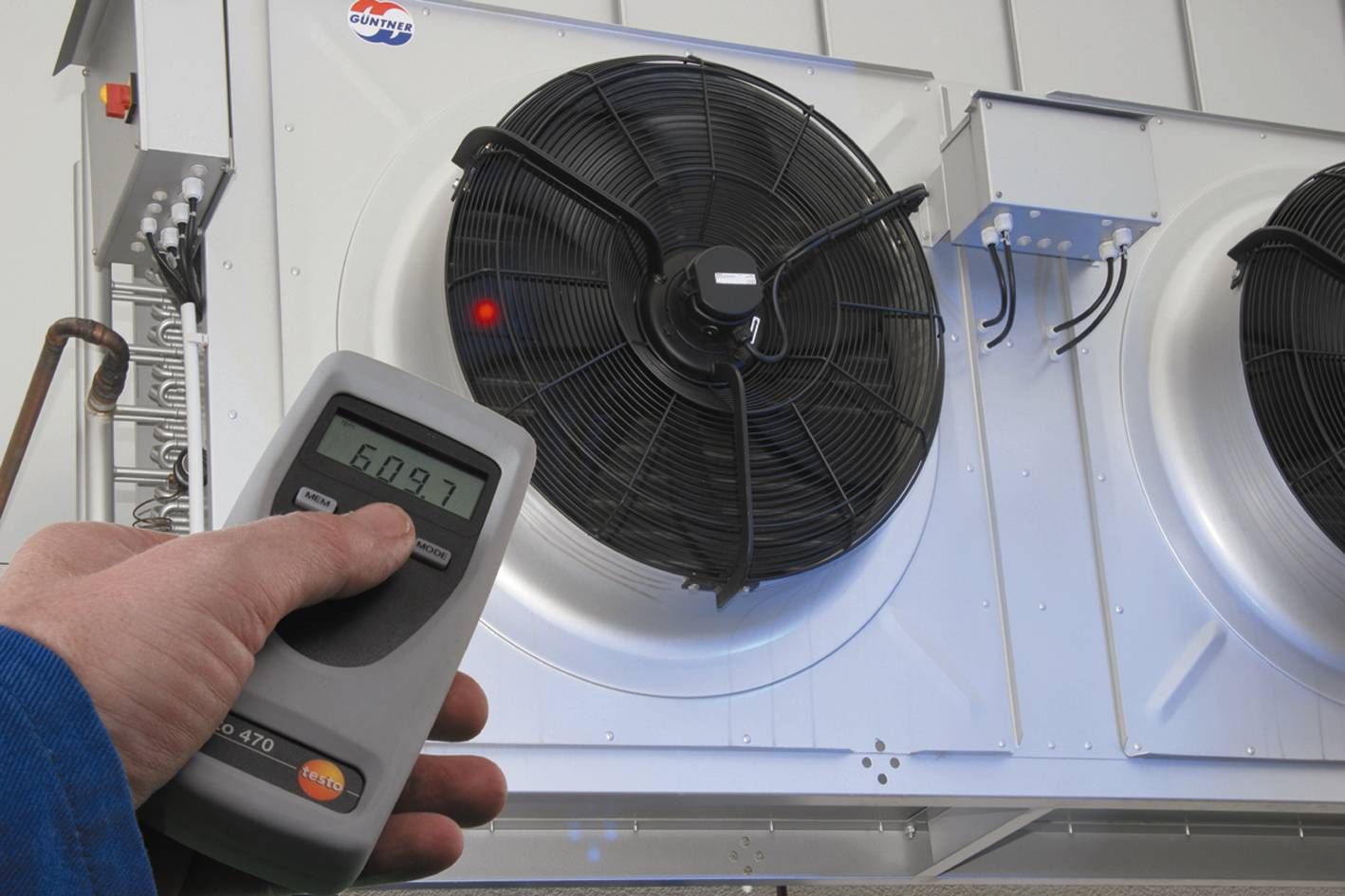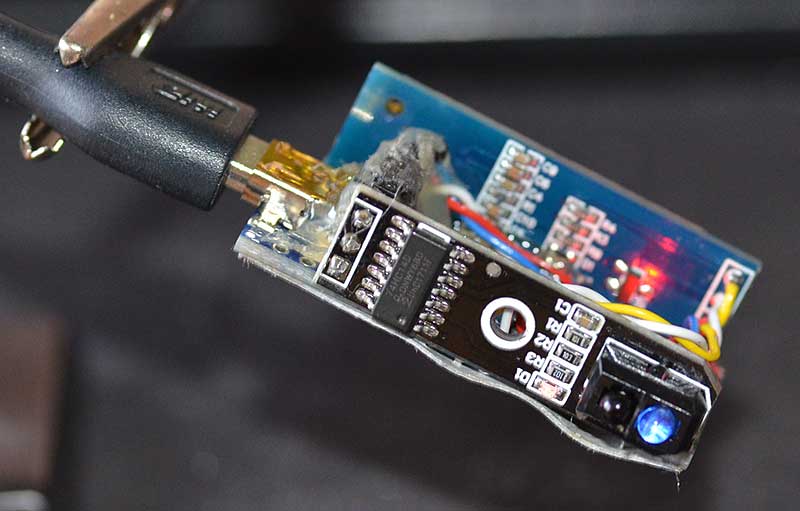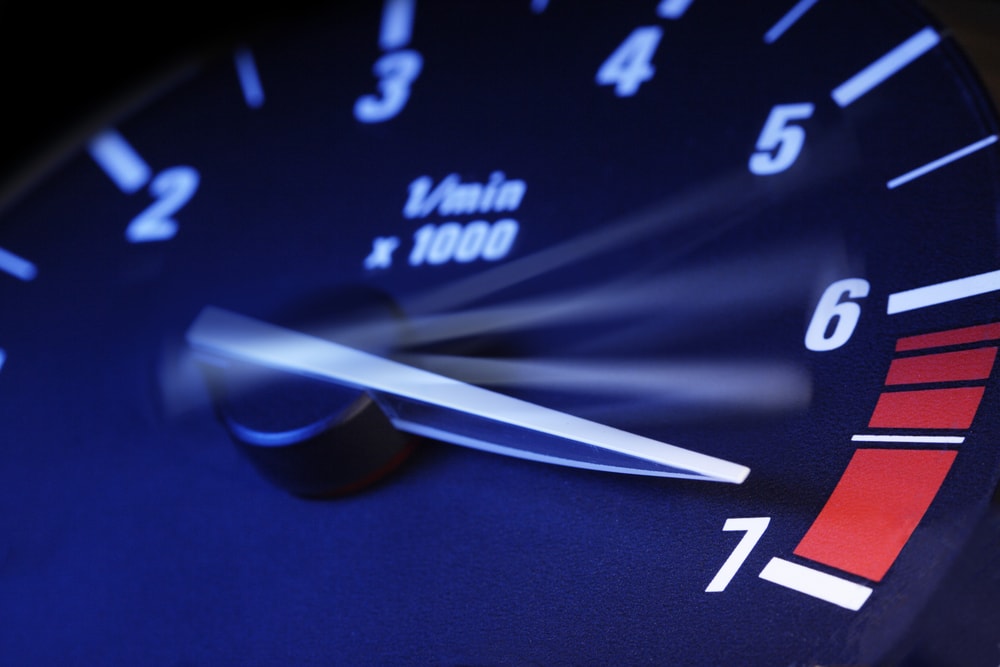Wiring a tachometer to a distributor might seem like a complex task, but with the right guidance, its a straightforward process. If youre a car enthusiast or someone who loves working on their vehicle, understanding how to wire a tachometer can be immensely beneficial. This guide will provide detailed instructions and tips to make the process seamless and enjoyable. The primary keyword we will focus on is how to wire a tachometer to a distributor.

Introduction to Tachometers and Distributors
A tachometer measures the rotation speed of the engines crankshaft, displaying it in revolutions per minute (RPM). The distributor, on the other hand, is a device that routes high voltage from the ignition coil to the spark plugs in the correct firing order.
Understanding the Basics
What is a Tachometer?
A tachometer is an instrument that measures the rotational speed of an engine’s crankshaft. It provides valuable information about the engine’s performance, helping to ensure the engine is running efficiently and within safe limits. Learn more about tachometers.
What is a Distributor?
A distributor is an electrical device in internal combustion engines that routes secondary, or high-voltage, current from the ignition coil to the spark plugs in the correct firing order. Read more about distributors.
Tools and Materials Needed
Before you start, gather the following tools and materials:
- Tachometer
- Wiring harness
- Screwdrivers
- Wire stripper
- Electrical tape
- Multimeter
Step-by-Step Guide
Step 1: Understand the Tachometer Wiring
Tachometers typically have four primary wires:
- Power wire: Supplies power to the tachometer
- Ground wire: Provides a ground connection
- Signal wire: Connects to the distributor
- Lighting wire: Powers the tachometers backlight
Step 2: Locate the Distributor Signal Wire
The signal wire is the wire that connects the tachometer to the distributor, usually found in the ignition coil or directly on the distributor itself.
Step 3: Connect the Power Wire
Connect the power wire to a source of 12V power, which can be found in the fuse box or ignition switch.
Step 4: Connect the Ground Wire
Attach the ground wire to a clean, unpainted metal surface on the cars chassis.
Step 5: Attach the Signal Wire to the Distributor
Connect the signal wire to the negative terminal of the ignition coil or the distributors signal output.
Step 6: Connect the Lighting Wire
Wire the lighting wire to a source of 12V power that turns on with the vehicles lights.
Step 7: Test the Connections
Use a multimeter to test the connections and ensure that everything is wired correctly.
Common Issues and Troubleshooting
Tachometer Not Reading Correctly
If the tachometer is not reading correctly, check the signal wire and ensure its connected properly.
Intermittent Readings
Check the ground connection and ensure its secure and free from corrosion.
Tachometer Not Lighting Up
Ensure the lighting wire is connected to a proper power source and that the bulb inside the tachometer is functioning.
Maintenance Tips
Keep the wiring clean and secure, and periodically check for any signs of wear or damage.
For high-speed manufacturing inspection tips, click here – Inspection Tips.
Faq Section
What is the purpose of a tachometer?
A tachometer measures the RPM of the engine, providing crucial data about engine performance.
Can I install a tachometer without professional help?
Yes, with the right tools and guidance, you can install a tachometer yourself.
What should I do if my tachometer is not working?
Check all wiring connections and ensure the tachometer is receiving power and signal properly.

Conclusion
Wiring a tachometer to a distributor might seem daunting, but with the right steps, its a task that can be accomplished by anyone willing to learn. Keep your tools handy, follow the steps carefully, and youll have your tachometer up and running in no time.
For more high-speed inspection guides, click here.
We hope this guide on how to wire a tachometer to a distributor has been helpful. Happy wiring!
